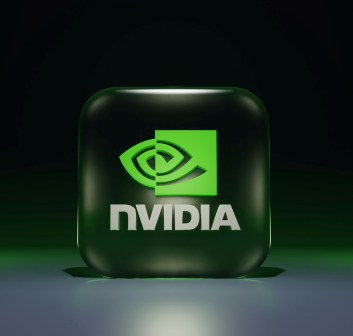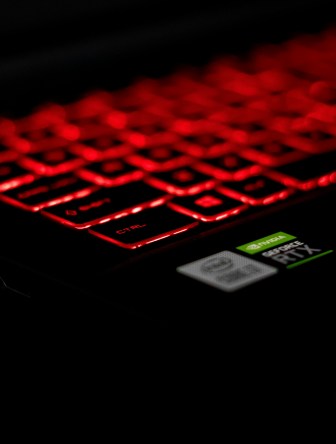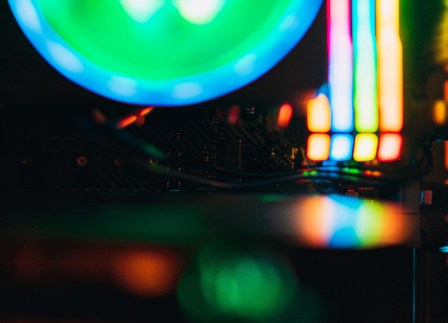 Nouveau, a French word meaning “new,” perfectly encapsulates the essence of an open-source graphics driver project that strives to bring innovation, freedom, and community collaboration to NVIDIA GPUs. This initiative, born out of the Linux ecosystem, aims to provide users with an alternative driver for their NVIDIA graphics cards, fostering an open environment where developers and users alike can contribute to the improvement and expansion of graphics support on Linux systems.
Nouveau, a French word meaning “new,” perfectly encapsulates the essence of an open-source graphics driver project that strives to bring innovation, freedom, and community collaboration to NVIDIA GPUs. This initiative, born out of the Linux ecosystem, aims to provide users with an alternative driver for their NVIDIA graphics cards, fostering an open environment where developers and users alike can contribute to the improvement and expansion of graphics support on Linux systems.
The Birth of Nouveau
The Nouveau project emerged in the mid-2000s as a response to the challenges posed by proprietary graphics drivers, particularly those from NVIDIA. At the time, the Linux community sought a driver solution that aligned with the principles of open-source software, promoting transparency, accessibility, and collaborative development.
Features

- Open Source Philosophy. Nouveau embodies the open-source philosophy, making its source code freely available to the public. This transparency not only fosters trust within the user community but also allows developers to inspect, modify, and contribute to the codebase.
- Kernel Mode-Setting (KMS). The integration of Kernel Mode-Setting is a significant feature of Nouveau. KMS moves the responsibility of mode-setting operations, such as screen resolution and multiple displays, from user-space components to the kernel. This shift enhances the system’s performance and stability.
- 3D Acceleration. Nouveau strives to provide 3D acceleration support for NVIDIA GPUs. While this feature has seen advancements, it is essential to note that the level of support may vary across different GPU generations.
- Power Management. Efficient power management is crucial for optimizing the performance of graphics cards. Nouveau incorporates power management features to regulate power consumption and enhance the overall energy efficiency of NVIDIA GPUs.
- Reclocking. Nouveau has faced challenges related to reclocking, a process that adjusts the GPU’s clock frequencies to optimize performance. Due to the proprietary nature of NVIDIA’s firmware, achieving reliable and stable reclocking has been an ongoing effort for the Nouveau developers.
Challenges and Limitations
Despite its admirable goals and achievements, the Nouveau project has encountered several challenges:
- Proprietary Firmware. NVIDIA GPUs rely on proprietary firmware, limiting the project’s ability to fully unlock the potential of certain features, particularly in the realm of reclocking and power management.
- Feature Parity. Achieving feature parity with proprietary NVIDIA drivers remains a complex task. The intricate and proprietary nature of certain technologies poses hurdles for Nouveau’s development team.
- Ongoing Development. As the proprietary NVIDIA drivers continue to evolve, Nouveau faces the challenge of keeping pace with new hardware releases and feature updates. This requires continuous effort and commitment from the open-source community.
Community Collaboration
One of the strengths of Nouveau lies in its vibrant and dedicated community. Developers, enthusiasts, and users collaborate to identify and resolve issues, share knowledge, and contribute to the ongoing development of the open-source graphics driver. This collaborative spirit aligns with the broader ethos of the open-source movement.
Future Prospects

The Nouveau project remains an important player in the open-source graphics ecosystem. As it continues to evolve, users and developers anticipate improvements in 3D acceleration, power management, and reclocking capabilities. The project’s success hinges on the collaboration of the community, the evolution of GPU technologies, and the dedication of developers to overcome challenges.
In conclusion, Nouveau stands as a testament to the open-source community’s commitment to providing accessible and transparent solutions for graphics drivers. While challenges persist, the project’s impact on the Linux ecosystem underscores the significance of open collaboration in the realm of GPU support and graphics acceleration.
